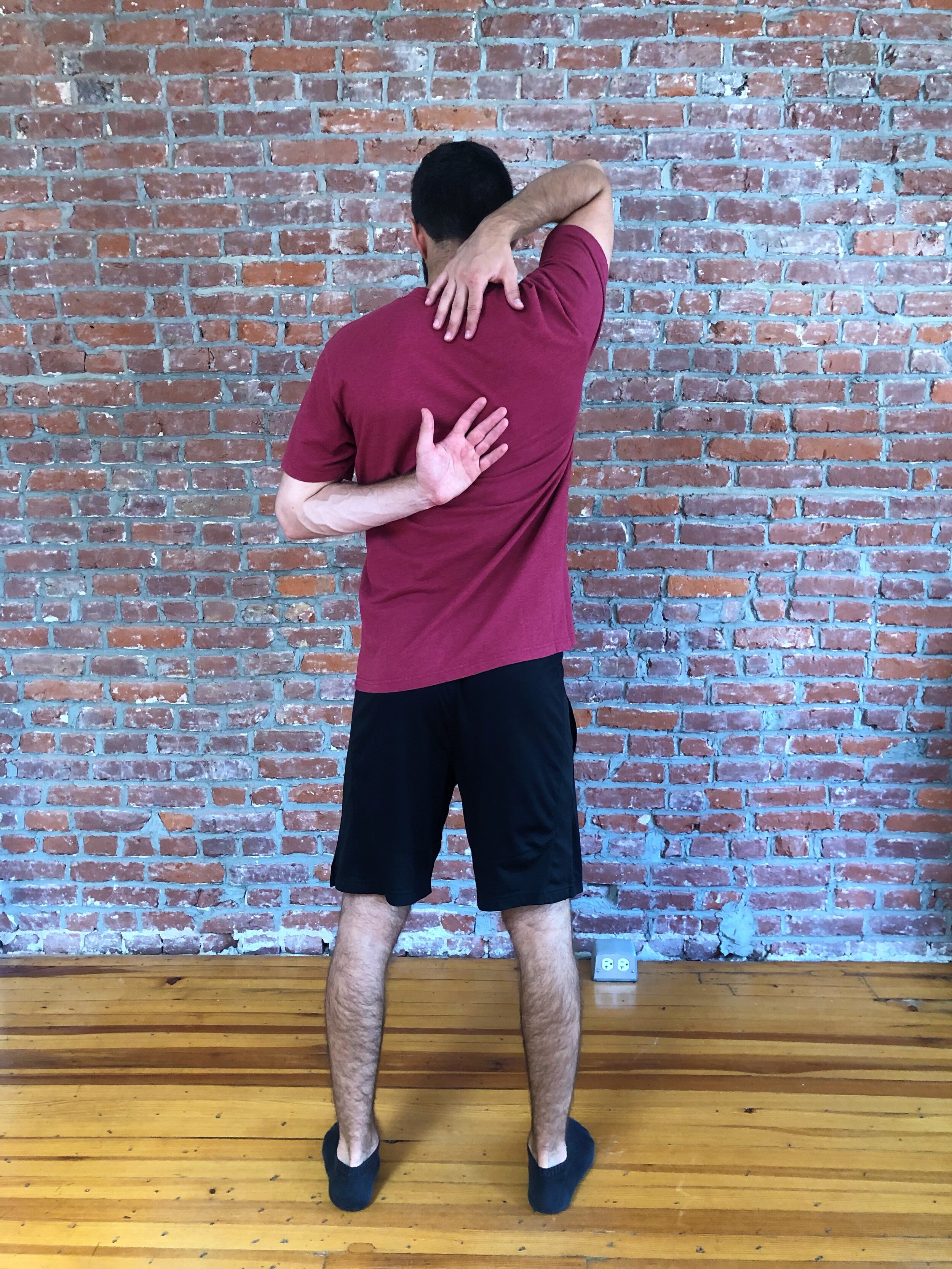Movement Screens
What is a movement screen?
A movement screen is a type of assessment that observes and analyzes how well one’s body moves through a specific movement pattern. For example, how well one’s body moves through a deep squat.
The screen creates a dynamic picture of how your joints and soft tissues are moving in relation to one another. Going off the deep squat example, your Doctor is looking to see how the joints in your low back, hips, knees, and ankles are all moving together, as well as the coordination of your muscles while you squat.
To put it simply, throughout the screen your Doctor is looking for movements that demonstrate dysfunction or produce pain. This will direct your Doctor to the portions of a movement pattern that need further assessment to find the cause of the dysfunction and pain or to prevent future injury.
Why are movement screens important?
Movement analysis through screening and assessment help your Doctor understand how your body moves through the most foundational movement patterns. Identifying dysfunctional movement patterns can help determine how and why an injury occurred and/or how to avoid an injury in the future.
This is important because without strong fundamental movement patterns we cannot safely and efficiently progress to more complex movement patterns, whether in sports (like twisting through a golf or tennis swing) or everyday life (like picking up your children or even putting on your socks).
What are movement screens used for?
Movement screens can be used for a variety of complaints and conditions including (but not limited to):
Low back pain
Neck pain
Shoulder pain
Hip pain
Knee pain
Through assessing movement, your Doctor is able to identify patterns of weakness or compensation, mobility vs stability issues, poor muscle coordination, muscle recruitment or timing problems, among other dysfunctions. This allows for the development of a truly comprehensive treatment plan because it is specific to your body’s needs. No two bodies move the same, therefore no two treatment plans look the same.
Looking to learn more?
If you are interested in learning more about how your body moves through its most fundamental patterns and how that might be affecting your pain, then schedule a consultation with one of our Doctors today and learn to move optimally.

